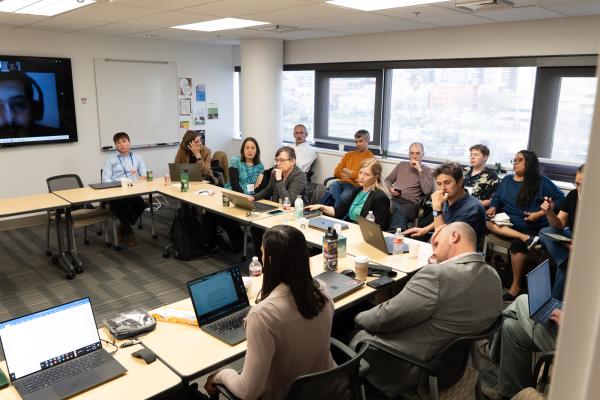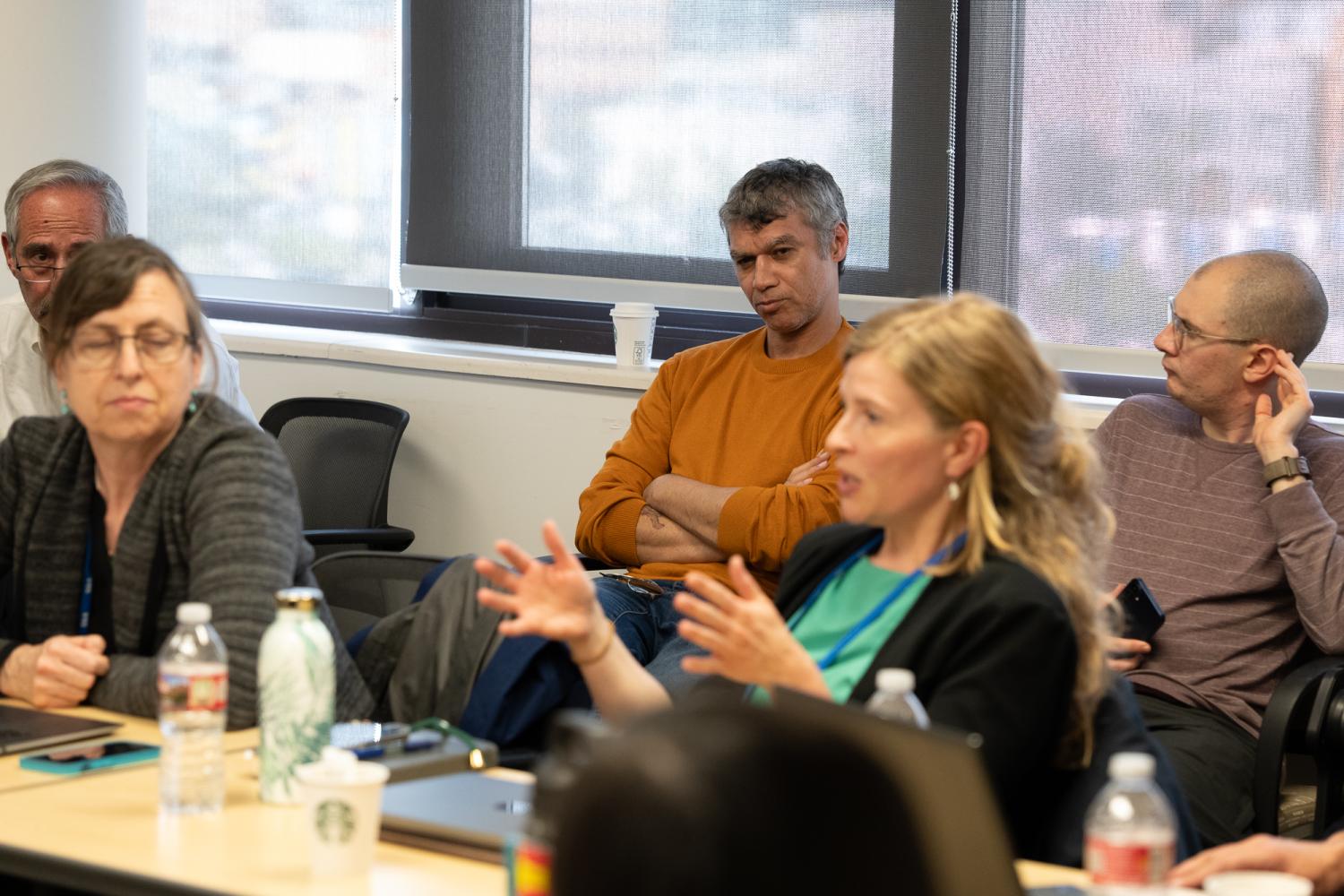
Get An Anthropology Degree at CU Denver
On April 26-27, 2025, CU Denver hosted an extraordinary international workshop that brought together leading minds in anthropology to explore one of the most fundamental questions of our species: Where-and how-did Homo sapiens emerge?
The event, Comparing the Archaeological Records of Northwest Morocco and the Cape of South Africa, marked a rare and significant collaboration. Researchers sought to boldly bridge two of Africa's pivotal coastal regions: the Atlantic-facing landscapes of Morocco and the southern coasts of South Africa.
The work forges a direct comparison of archaeological records using an integrative approach to the story of modern human evolution. This workshop represented more than a scholarly exchange, it was an effort to foster and promote truly cross-regional, comparative anthropology centering collaboration, shared methods, and interdisciplinary insight across the African continent.
Reframing Human Origins with Comparative Science
Dr. Curtis Marean, a professor at Arizona State University and associate director of the Institute of Human Origins, has spent decades researching South Africa's southern Cape and its role in early human behavior. According to Marean, this workshop addressed a pivotal moment in paleoanthropological science.
"One of the greatest achievements of modern science is the documentation that modern humans evolved in Africa and spread out to inhabit the rest of the world," Marean said. "But that's only the beginning. We're now asking: Did this happen in a single place in Africa or simultaneously across regions?"
The two-day workshop brought together Indigenous and international scholars to exchange data, refine hypotheses, and strengthen collaborative ties. The effort also included CU Denver faculty and students, alongside researchers from partner institutions across Africa and Europe.
South Africa and Morocco were selected for strategic reasons: both are geographically distant yet share key ecological features-especially their proximity to rich coastlines that hosted some of the earliest known uses of marine resources by Homo sapiens.
"These areas have the earliest records in the world for people beginning to use the sea," Marean added. "Embedding their lives in the sea, using coastal foods-this has huge downstream impacts on society."
A First-of-Its-Kind Collaboration
Dr. Zeljko Rezek, a senior researcher at Collège de France and expert on North African Middle Stone Age sites, underscored the workshop's scientific value.
"It's probably the first time these two regions are being compared on such a scale," he said. "And that's because we finally have enough standardized data, collected using consistent excavation and analysis methods, to do so."
The goal? To apply comparable models and analytical techniques to separate regional records, then evaluate similarities and differences in tool use, environmental adaptation, mobility, and more-insights that can ultimately inform whether Homo sapiens evolved in one core location or in a pan-African pattern.
This comparative lens allows researchers to move beyond site-specific studies toward broader questions that span millennia and continents. One such line of inquiry centers on pyrotechnology-not just fire-building, but fire use for transforming materials. South Africa's record is relatively robust in this domain. The Moroccan record is less so.
"If we can figure out when and how complex pyrotechnology developed in both regions," Marean said, "that's one more clue in the evolutionary mosaic."
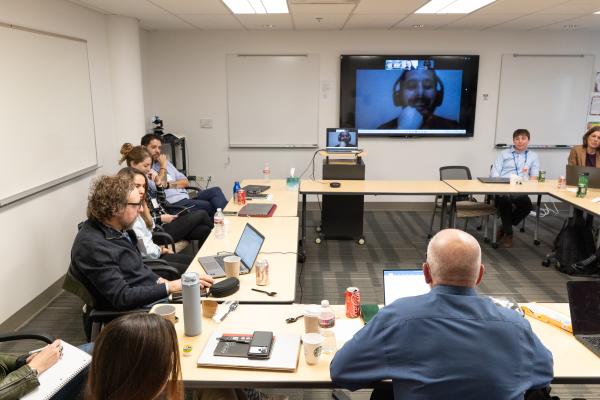 |
Scientists and students from around the world gather at CU Denver |
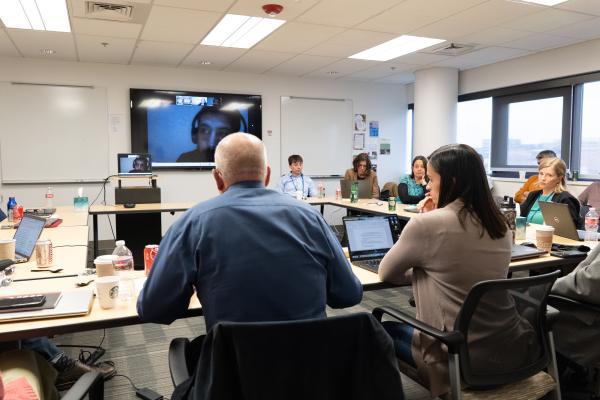 |
CU Denver as Host and Catalyst
The workshop was co-organized by CU Denver Associate Professor Dr. Jamie Hodgkins, an expert in zooarchaeology and hominin behavioral evolution. Hodgkins has long collaborated with Marean, including co-leading educational research initiatives that engage students in international fieldwork. She and Rezek have also worked together at the Middle Stone Age site of Contrebandiers Cave in Morocco.
Bringing the symposium to CU Denver reflected not only her leadership in the field but the university's growing profile as a hub for collaborative, globally relevant anthropology.
"I'm really proud that CU Denver was able to host this," Hodgkins said. "We provided the location where everyone could sit, talk, and figure out the next plans. We've had support across the board for doing this."
The gathering included formal presentations, data-sharing sessions, and vision-setting discussions about long-term research goals. Organizers began outlining future funding strategies to support sustained cross-continental collaboration-an ambitious effort likely to span years and require multi-million-dollar investment.
"This isn't a project that gets wrapped up in a year," Rezek noted. "Some questions may take decades to answer. But the groundwork is being laid right now."
Students Add a Layer of Meaning
While the workshop's scientific goals were ambitious, its impact on early-career scholars and students was also powerful. For South African-born anthropology student Desiree Erasmus, the gathering wasn't just intellectually engaging-it was deeply personal.
"Whenever they spoke about the fauna and flora, I knew exactly what they were talking about," Erasmus said. "I've lived from the earth in those places. I could picture the fynbos, the rhino bush, the river systems."
"They know them in their heads, I know them in my heart," said Erasmus.
"They know them in their heads; I know them in my heart."
Her lived knowledge enriched the scientific conversations. Erasmus raised questions about the absence of major rivers in North Africa compared to South Africa's migratory plains-questions that could influence future ecological models of ancient mobility.
"It becomes a story in your head, not just on paper," she said. "It reminded me of home-and gave me ideas for my future."
HOMER: A Gateway for Student Involvement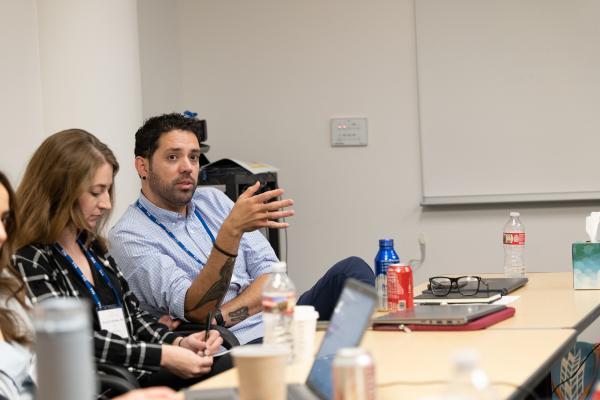
While not the central focus of the workshop, the HOMER (Human Origins, Migration & Evolutionary Research) program provided a key pathway for student involvement. Co-founded by Hodgkins and Marean along with colleagues from Yale University, New York University, and the University of Texas Arlington, the program offers funded field and lab research opportunities in international archaeology, often at the very sites discussed during the workshop.
Hodgkins' former graduate student Kyle Pontieri, Masters in Anthropology '24, described how HOMER gave him not only the tools of the trade but the confidence to pursue a career in archaeology.
"Through HOMER, I got to do zooarchaeological analysis in South Africa-fully funded. That included travel, food, everything," he said. "It was one of the best field seasons I've ever had."
For Pontieri, the real value was the continuity between lab training and real-world application. He learned how to identify animal remains, distinguish breakage patterns, and contribute to ongoing research.
"It really prepped me for the work I'm doing now professionally as a contract archaeologist," he added. "You need either regional expertise or a strong specialty. HOMER helped me find that specialty."
The program also emphasizes cross-cultural exchange. As Marean pointed out during the workshop, collaborative science trains not just U.S. students but also uplifts Moroccan and South African scholars through knowledge-sharing and capacity-building.
"Everybody benefits," Marean said. "That's the real promise of programs like HOMER and the workshop we are hosting."
Looking Ahead: Big Questions, Collective Intelligence
By the end of the second day, the group had shared datasets, defined areas for comparison, and brainstormed funding strategies. But more importantly, they had charted a collective path forward-one based on what Marean calls "collective intelligence."
"You need a bunch of smart people in a room who are hungry to collaborate. That's how big scientific questions get answered," he said. "And that's what this weekend was about."
The work continues. Future subgroups will tackle specific themes-pyrotechnology, subsistence strategies, ecological modeling-each feeding into the larger question of how modern humans came to be.
"It's not just about where we came from," Rezek said. "It's about how things changed, how culture evolved, and what environmental inputs shaped our ancestors' decisions. And in doing so, we also understand ourselves better."
"It's about how things changed, how culture evolved, and what environmental inputs shaped our ancestors' decisions. And in doing so, we also understand ourselves better."
Conclusion: A Moment of Transformation 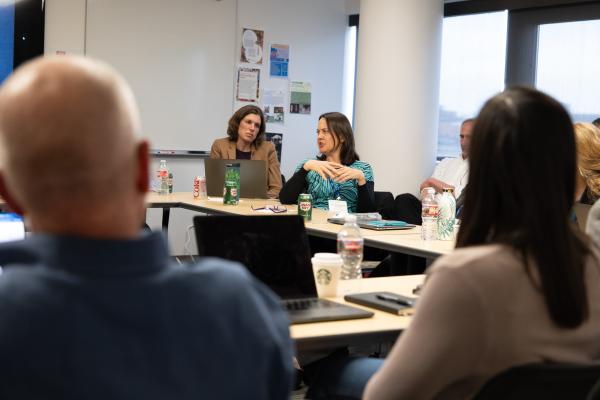
For CU Denver, this international workshop wasn't just a moment-it was a milestone. It reaffirmed the university's role as a convener of bold ideas and a training ground for globally engaged scholars. It also spotlighted the power of anthropology to illuminate our shared humanity.
As Marean put it: "If everyone understood that we are all Africans, that might help us along a little bit."
In an age of division, this kind of science reminds us where we come from-and how much we can achieve when we search for answers together.
Explore Anthropology at CU Denver

